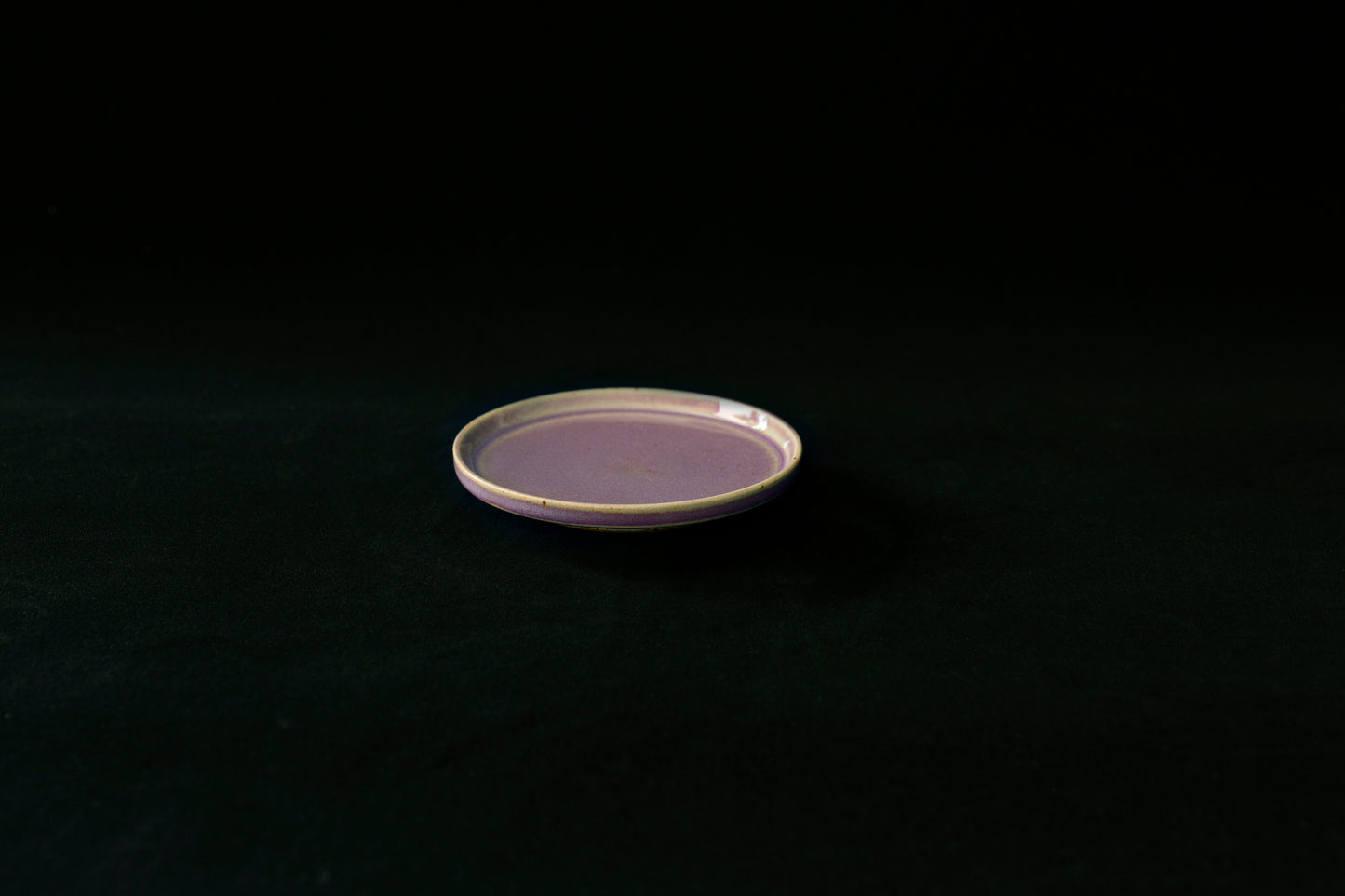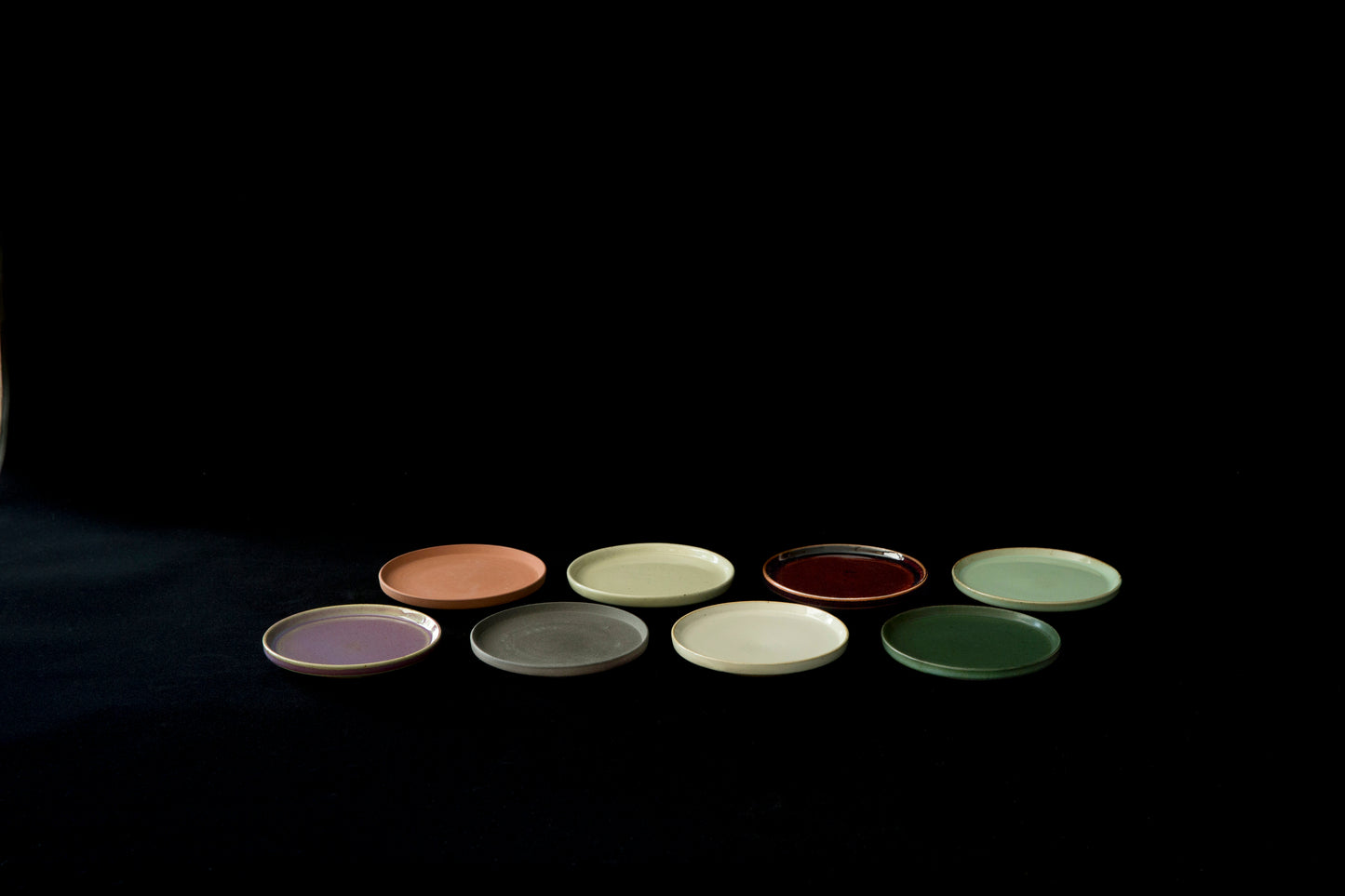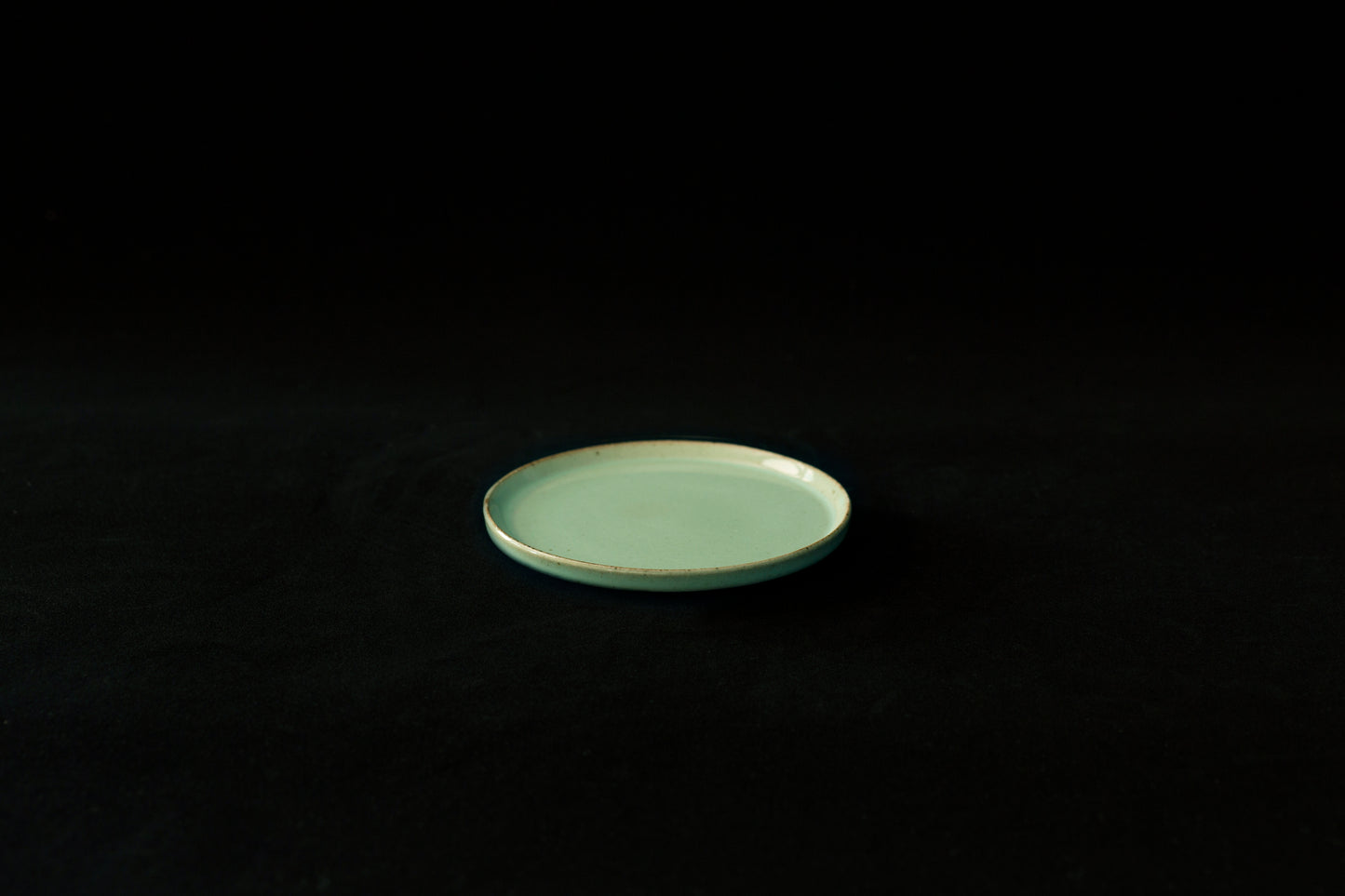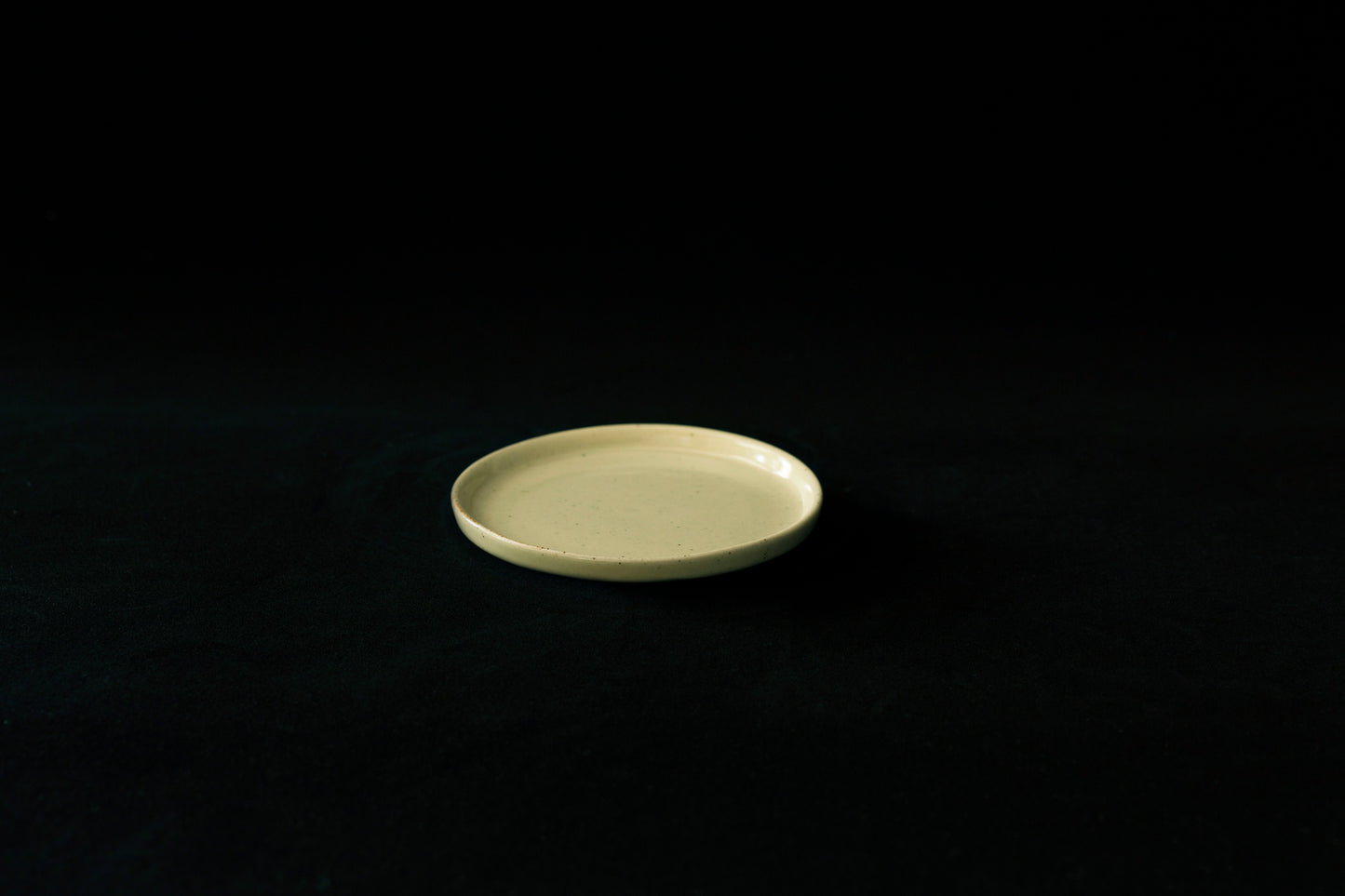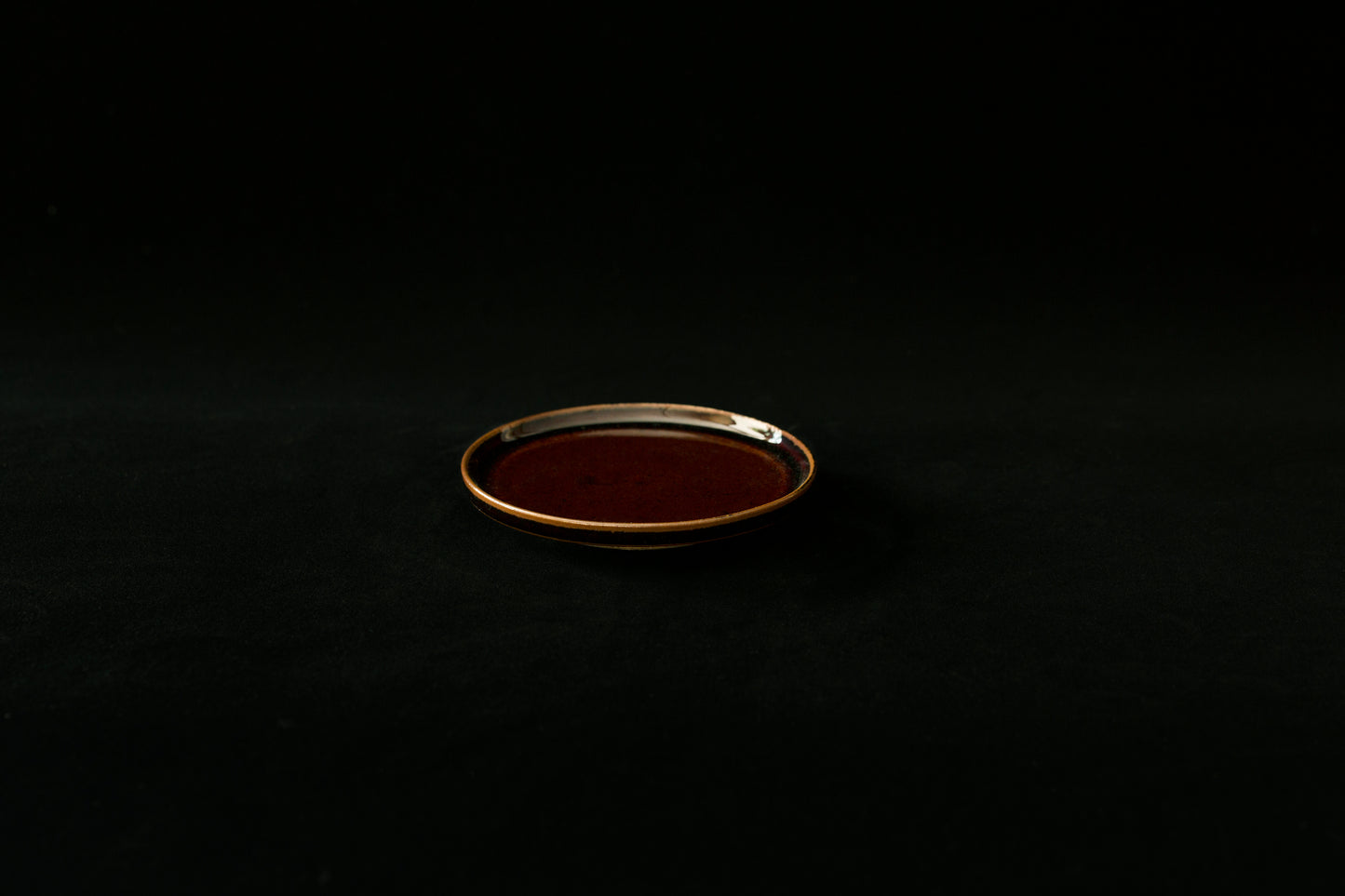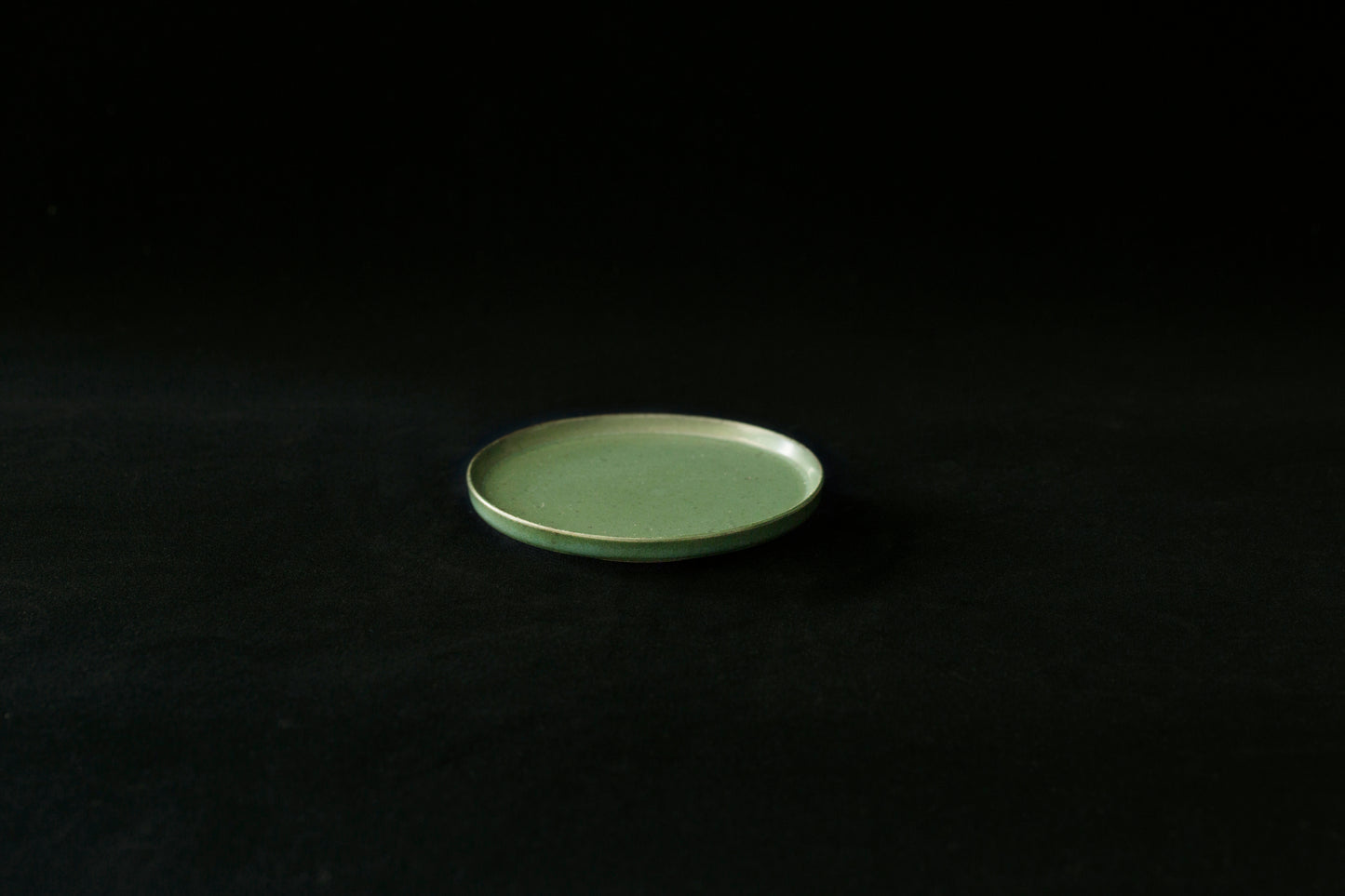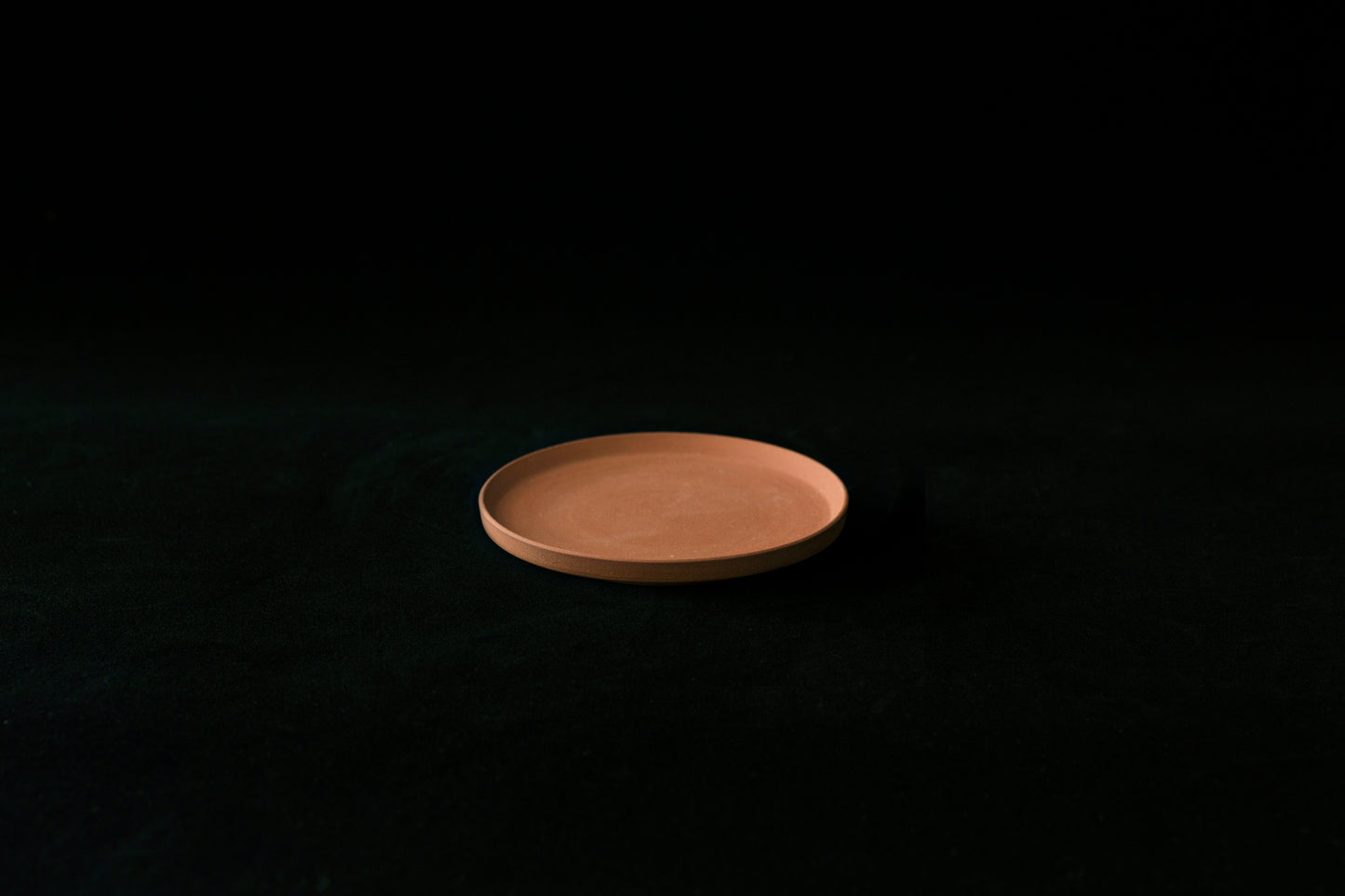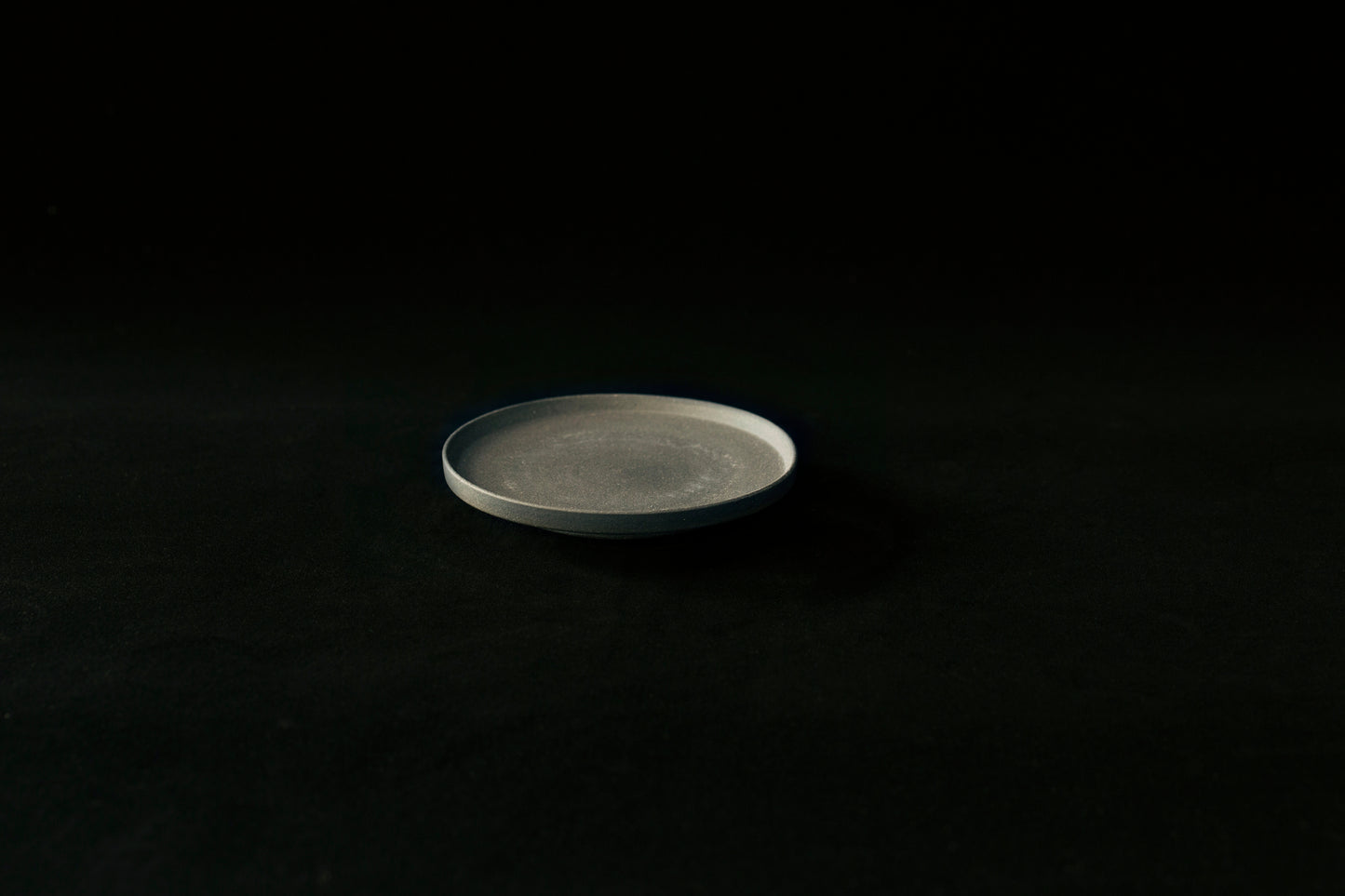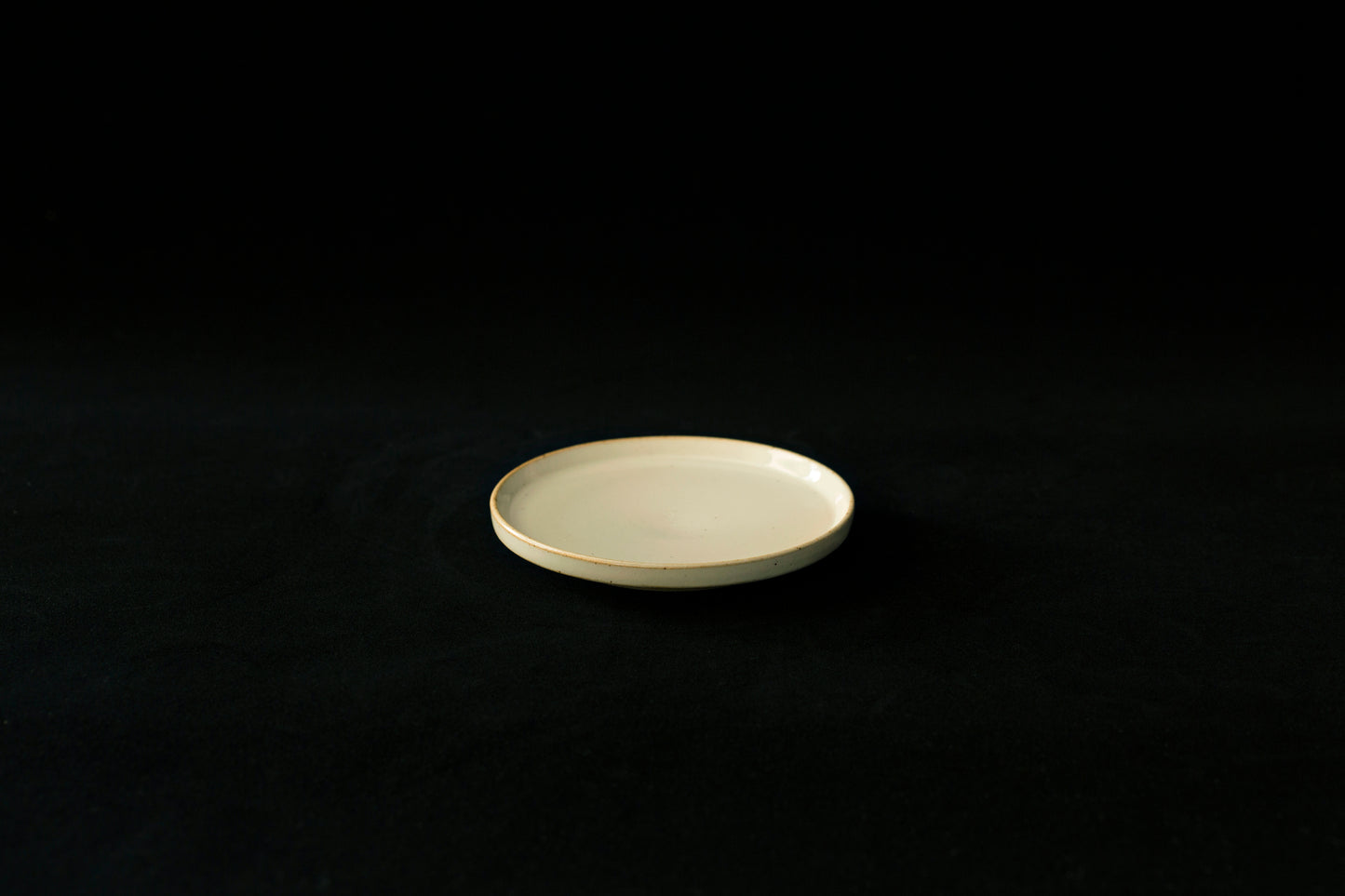Petite assiette
Petite assiette
Couldn't load pickup availability
Petite assiette en ceramique.
Parfaite pour legumes saumures, les gourmandises ou lorsque l'on partage des plats. Nous vous proposons 8 assiettes differentes selon leurs glacures ou leurs cuissons. Les photos ne sont pas contractuelles et les couleurs peuvent etre legerement differentes.
Cinabre
Dans une base de glacure transparente est ajoute un peu de cuivre. La cuisson en reduction donne une couleur rouge a l'enduit.
Vert Oribe
Glacure a base de cuivre et d'email de cendre. Cette couleur a ete nommee ainsi en l'honneur du disciple de Sen no Rikyu, Furuta Oribe qui appreciait particulierement cette couleur.
Ameyu
Glacure transparente a laquelle est ajoutee du fer ou du manganese. Apres une cuisson en reduction, l'enduit prend une couleur brune luisante comme un bonbon comme l'indique son nom japonais (glacure bonbon)
Celadon
La petite quantite d'oxyde de fer contenu dans la glacure reagit lors de la cuisson en reduction et donne cette couleur bleu-vert. Cette technique est vieille de plusieurs siecles et aurait ete mise au point au 10e siecle.
Kohiki
Aussi appele Kofuki en raison de sa couleur blanche evoquant de la farine ayant ete soufflee. Different du blanc de la porcelaine, il possede la souplesse de la ceramique. L'air present dans la glacure reagit pendant la cuisson en reduction et laisse apparaitre des taches rosees en differents endroits a la surface.
Akatsuchi yakishime
On utilise une terre appele akatsuchi qui prend cette couleur rouge apres une cuisson en oxydation a basse temperature. Aucune glacure n'est utilisee, la ceramique est obtenue selon la technique du yakishime, une cuisson sans vernis a des hautes temperatures.
Kokuto yakishime
On utilise une terre de Shigaraki que l'on colore avant de faire une cuisson en reduction. Aucune glacure n'est utilisee, la ceramique est obtenue selon la technique du yakishime, une cuisson sans vernis a des hautes temperatures.
Cendre
Glacure obtenue a partir de cendres de vegetaux. Il s'agit d'une des glacures principales utilisees historiquement dans la ceramique en Extreme-Orient.
Share
